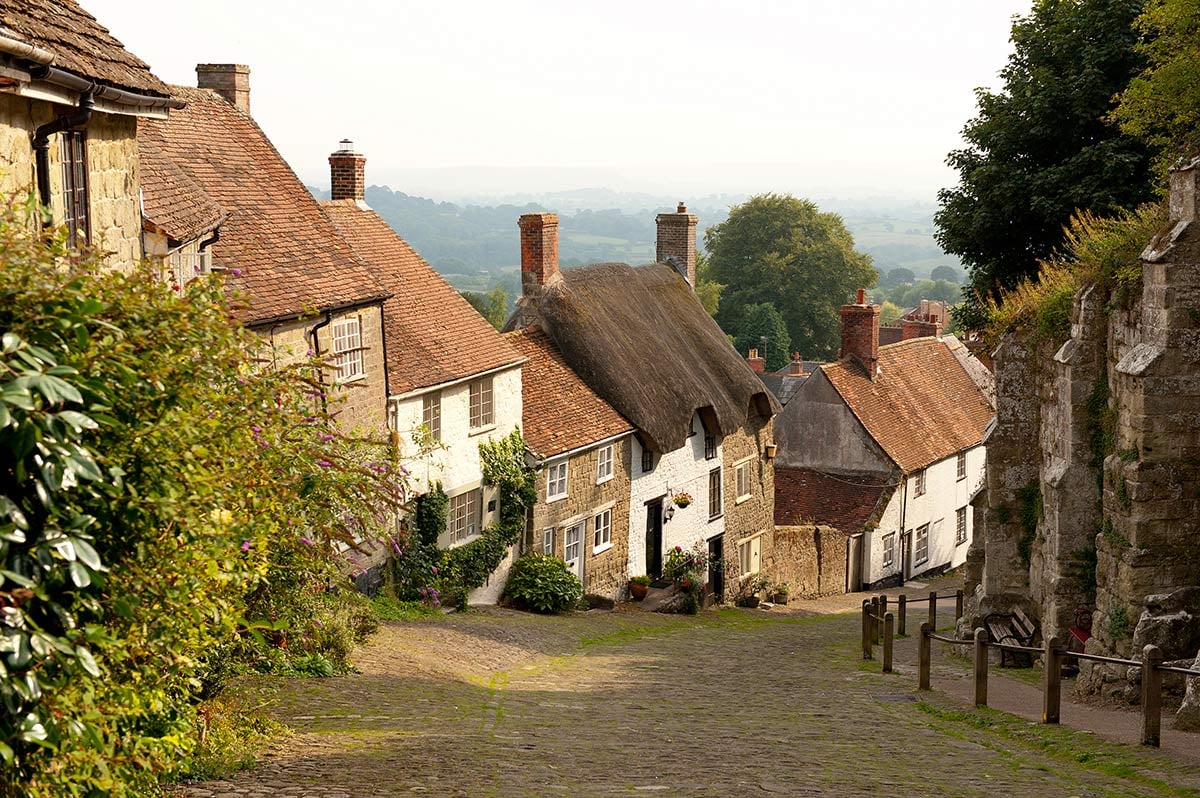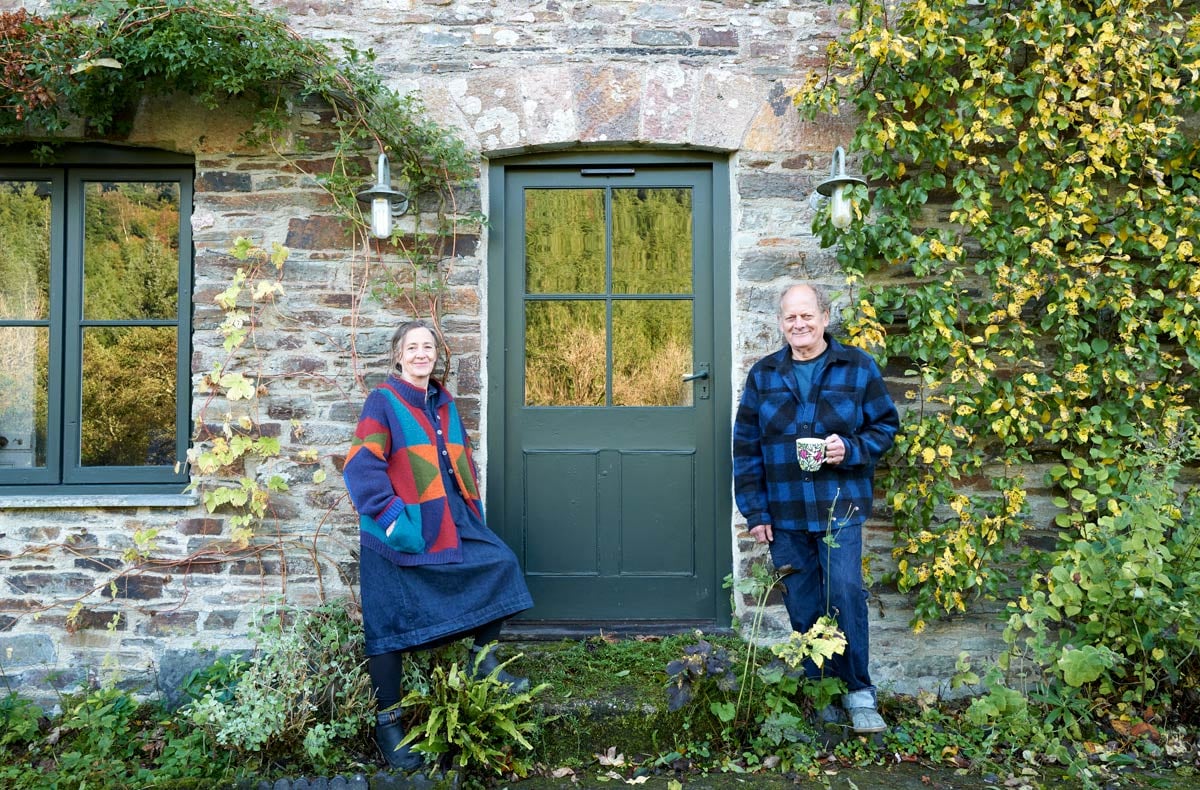Mitchell & Dickinson are experts in creating bespoke insulation and draught proofing for heritage and listed properties.
Nearly half of Britain’s 27 million homes are over 100 years old. One million are in conservation areas and 400,000 are listed.
The cost of heating these beautiful but draughty properties has soared in recent years, and people are finding them uncomfortably cold and too expensive to heat.
Ensuring that Britain’s period homes are warm and energy efficient, so that people want to live in them, is essential to preserving these properties for posterity. For many of us, heritage buildings are part of the beauty and character of Britain and are a source of great enjoyment.

Improving energy efficiency, retaining character
On a practical level, rebuilding Britain’s old housing stock would take 270 years so is not a sustainable or practical option. It’s therefore imperative we retrofit them with insulation and thermally efficient glazing so that they are fit for the future.
At Mitchell & Dickinson, we have a love of heritage buildings and a commitment to bring them up to modern standards of thermal efficiency. We do this sympathetically and without compromising the character and beauty of your property.
Retrofitting your period property
There are several energy-saving solutions suitable for period and listed properties to make them warmer and more cost-efficient to run.
- Secondary glazing: The prospect of battening your beautiful heritage windows behind secondary glazing can be off-putting but Mitchell & Dickinson’s CosyGlazing system is virtually invisible. It can be unobtrusively fitted to the glazing in your doors and windows. Sash windows and casement windows can still be opened in the same way they always have, and the systems can be painted to blend in with your colour scheme.
- Draught proofing: Draughts from windows and doors and suspended floors can all be effectively excluded, using measures that can be seamlessly incorporated into your home. Old properties do need some ventilation though, so it’s important to retain a level of natural ventilation unless fitting mechanical ventilation. Our draught proofing is designed to cut draughts by 70% to ensure a natural level of ventilation. Listed properties ventilated to 2050 standards will need to have mechanical ventilation systems fitted, in line with the ‘build tight, ventilate right’ maxim. These are more energy efficient than natural ventilation methods and improve indoor air quality.
- Loft insulation: Sheep’s wool insulation is a great option for the loft. It’s 12% more efficient than mineral wool, supports British farmers, is more resilient and bounces back when it’s been squashed. If insulating between the rafters to recreate a warm loft, breathable insulation boards (50mm minimum but ideally 100mm) are the most effective option.
- Floor insulation: If you have a cellar or an accessible underfloor void, a breathable mineral or sheep’s wool insulation can be affixed to the underside of the floor above. Where there’s no cellar but your underfloor void is accessible, breathable insulation can sometimes be suspended beneath the floorboards.
- Internal wall insulation: We create a lot of moisture through breathing and using our bathrooms and cooking, so it’s important to allow this movement of moisture through the wall. In the same way, heritage buildings often have a degree of rising damp, so it’s important not to trap it. Cork lime render like Diathonite applied directly to the internal wall, with no gap, is a good solution.
- External wall insulation: It’s possible to get Listed Building Consent for external insulation if the building is rendered and it’s done well. Wood-fibre insulation boards like DIFFUTHERM, and hemplime or hempcrete boards, are a good solution for period properties, with a moisture-permeable render such as a lime render.
A note of caution relating to internal and external wall insulation: interstitial condensation can harm the fabric of a building and reduce the insulation qualities of cladding. It is therefore important to consult either a conservation-accredited architect or a RICS building surveyor before proceeding. Mitchell & Dickinson do not install wall insulation in listed or period properties.



